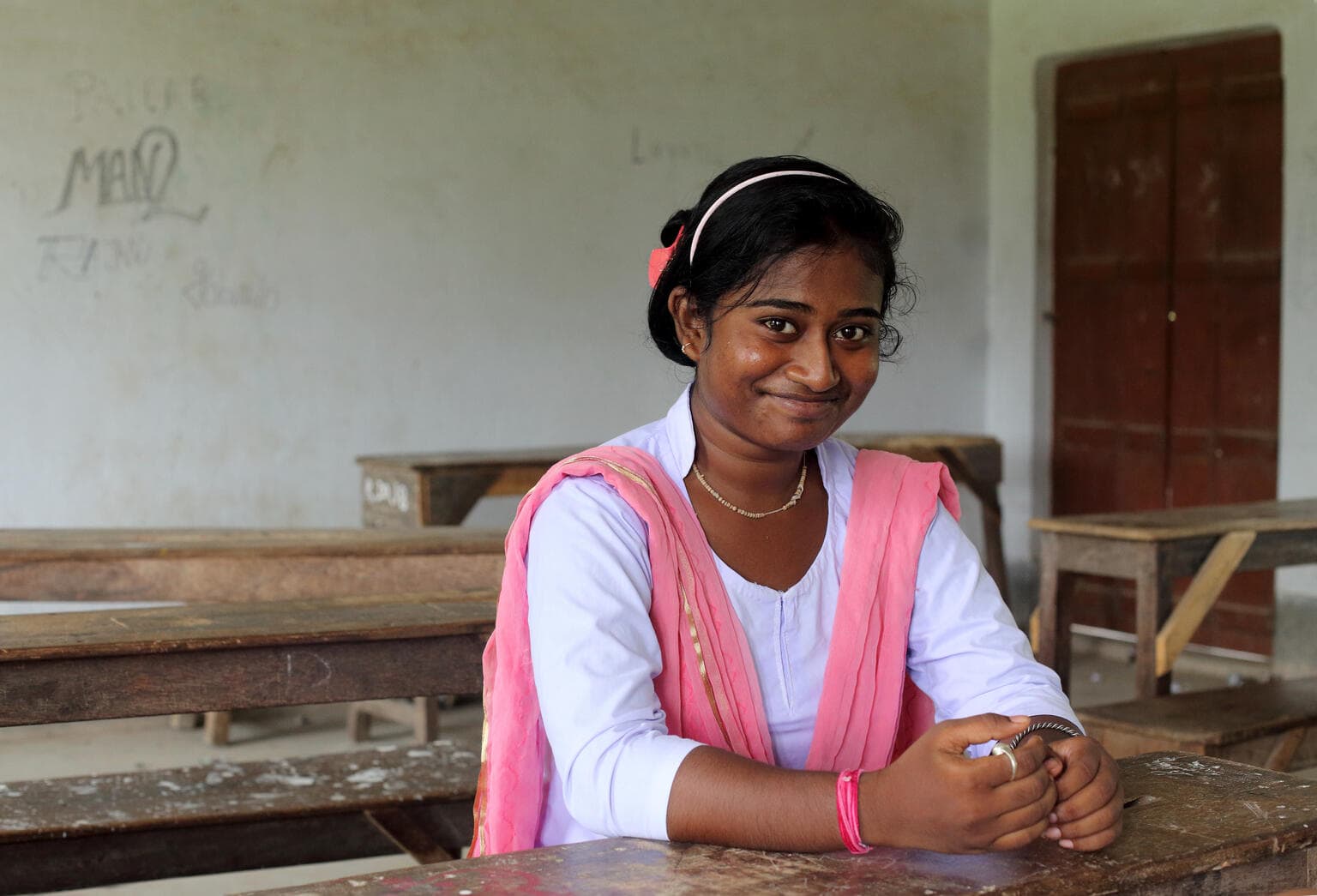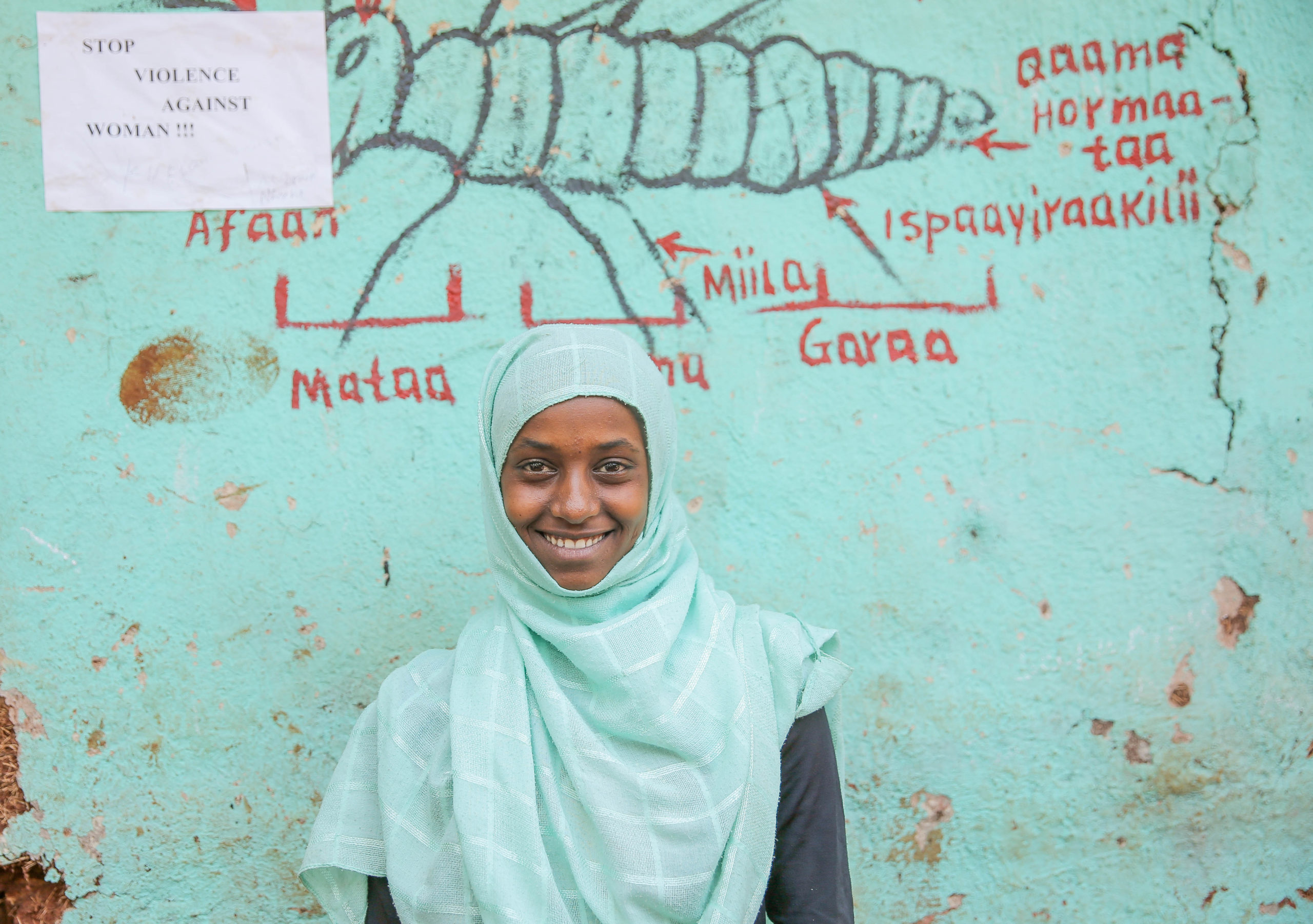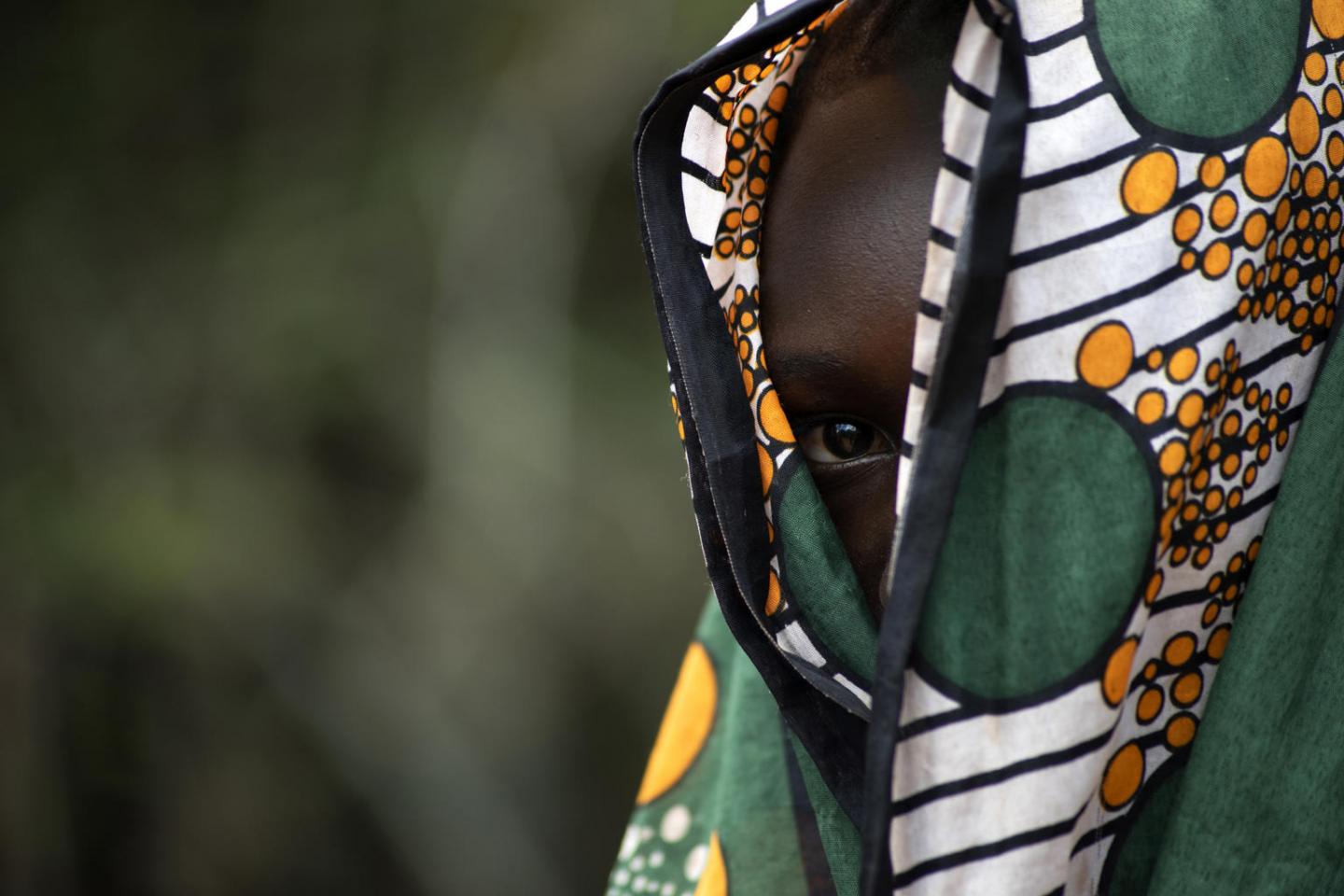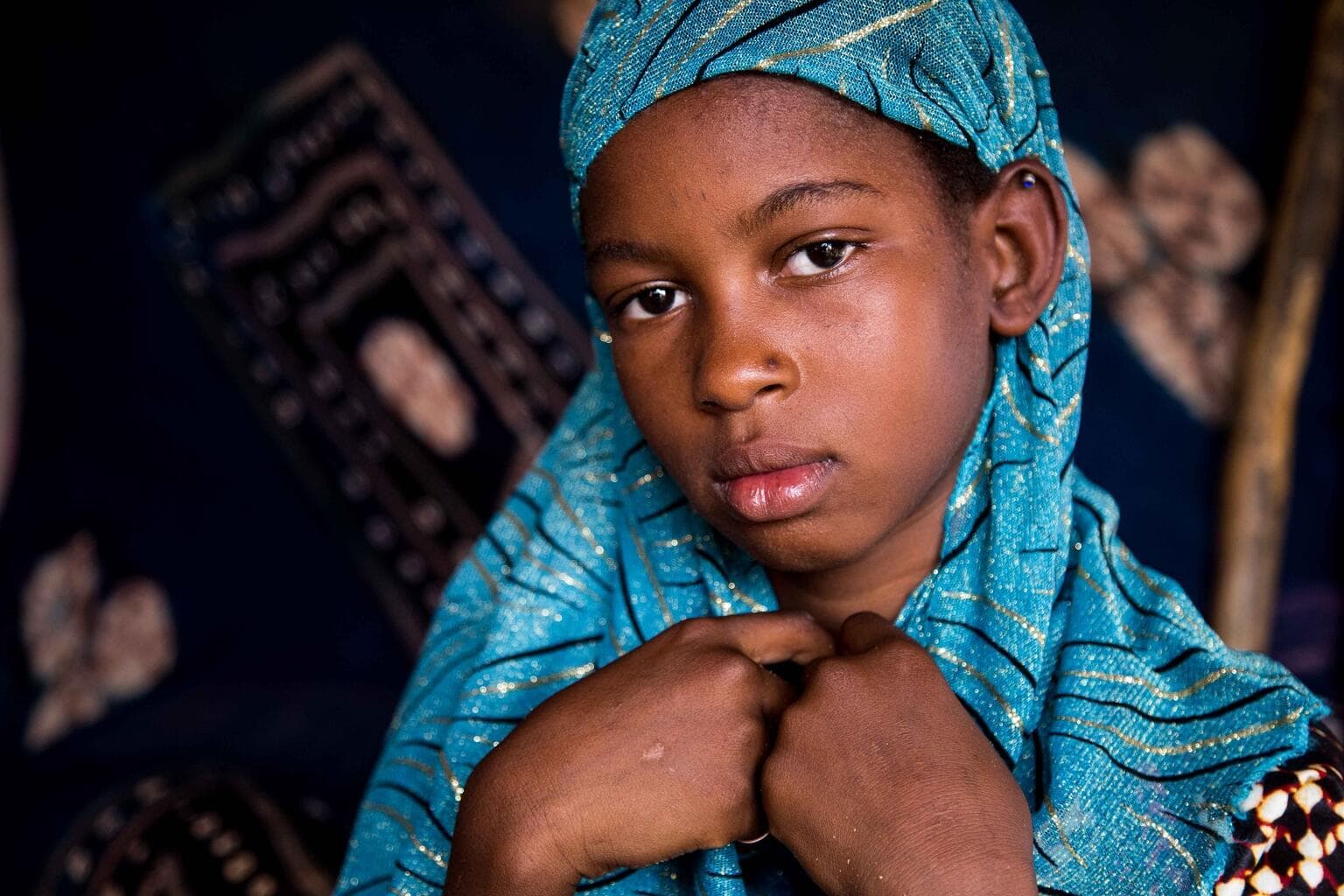
Child marriage is widely recognized as a violation of human rights and a hindrance to national development. In fact, evidence suggests that the practice of child marriage is closely associated with lower educational attainment, early pregnancies, intimate partner violence, maternal and child mortality, increased rates of sexually transmitted infections, intergenerational poverty, and the disempowerment of married girls. In committing to the Sustainable Development Goals (SDGs), the international community has vowed to end the practice of child marriage by 2030.
This report looks at historical trends, with a focus on selected countries that have recorded significant declines in child marriage prevalence. It offers an overview of changes in the practice of child marriage together with a review of other shifts that have occurred in these countries in terms of girls’ access to education and employment opportunities, as well as economic development and poverty reduction.
Child marriage is becoming less common
Over the past decade, the proportion of young women globally who were married as children decreased by 15 per cent, from nearly 1 in 4 to 1 in 5. This means that, over the last 10 years, the marriages of some 25 million girls have been averted.
Key messages:
- Child marriage is a harmful practice detrimental to girls’ well-being and in violation of their rights.
- It is becoming less common. Still, it affects 650 million girls and women around the world, and global progress is not fast enough to achieve the SDG target of eliminating child marriage by 2030.
- The amount of progress has varied substantially across different contexts.
- Progress is possible under the right conditions – with significant shifts in the well-being of society, the status of women, and the provision of key services over the course of several decades.
- Opportunities for girls are fundamental to success. Child marriage becomes a less attractive option when productive alternatives are available to girls.
- Reductions in child marriage are possible in a variety of settings, among countries with both high and low levels of child marriage. What’s more, several countries show that progress can be made equitably, with girls from the poorest households benefiting alongside those from the richest households.
- Gains made must not be lost. Poverty reduction, access to education and labour force participation are key to ending child marriage. We can’t afford to lose gains in these areas, especially given the impact of the COVID-19 pandemic.
- The SDGs are deeply interconnected. Progress on target 5.3 (eliminating child marriage) is dependent on progress in other areas, especially education, employment and poverty reduction.



